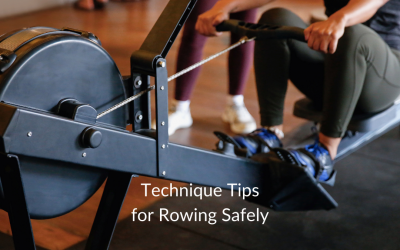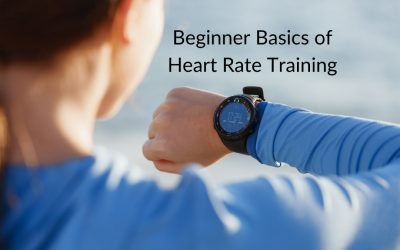The Pick Drill
New to rowing? Need a technique overhaul? I highly suggest starting with the pick drill.
The pick drill is useful in a lot of different ways. For beginners, it’s a great way to learn the stroke. You’re not worried about power, just correct movement. For more advanced rowers, it can be used as a good warmup to get moving. Starting a workout with good technique that carries into the workout is important! (and will improve your splits too!)
This is a good drill for anyone who bends their knees early on the recovery or brings their hands over their knees when they row, as it emphasizes the correct body positions.
Here’s how it is broken down:
ARMS ONLY – Start at the finish. Sitting up tall, bringing our shoulders back and down, at the 11 o’clock position. While the upper body does not move, the hands come away from the body. Once the arms are straight, you pull into your sternum into the finish.
ARMS AND BODY – After rowing arms only, you add in the body swing. When the arms are fully extended, your body rotates forward so that the handle is now over your shins. You want the handle to stay at the same height throughout. Once your body has rotated over, swing the body back on the drive, and then pull the arms in to end at the finish.
ARMS, BODY, HALF SLIDE – Now you are adding in part of the legs. Once you are in the body over position, bend the knees to get to half slide. Your heels should be down on the footboards. If your heels are picking up, then you are closer to full slide and should do less. When you get to half slide, drive into your heels while bracing your upper body to straighten your legs. Once the legs are straight, then you swing your body open, and pull in with the arms.
FULL STROKES – The only difference here is that you are bending your knees more to get to full compression. Full compression is when your shins are vertical to the ground. From the finish, it goes arms, body, then legs. From the catch, it’s legs, body, arms.
An important thing to remember here is to hit that body over position, with arms extended, before bending the knees. This is one of the most common errors I see.
I’ve seen different variations of this drill. You can add in more sections in the middle by doing a quarter slide, then half slide, then three-quarter slide before moving onto the full stroke. Find what works best for you or your clients and do that.
If you’re a visual learner, I also have a video to show you how to do this drill. Check it out:
Technique Tips for Rowing Safely
Safety is a big deal. When we want to improve our fitness, we don’t want to hurt ourselves in the process. There are a couple of key things to look for in your rowing stroke if you’re wanting to stay as safe as possible. I’ve grouped the technique considerations by...
Beginner Basics of Heart Rate Training in Rowing
You may read heart rate training and think you need to start paying attention to all these numbers or buy all of the things to track your heart rate. While you can buy some gear to help you accomplish heart rate training, it’s not required. Sure, the gadgets will help...
A Strategy for Getting Your Best 1k Time
With the World Rowing Virtual Indoor Rowing Sprints just around the corner, I’m dropping some tips to get a better 1K time. The first bit I harp on a lot. Having good technique will help you get faster, but this doesn’t come overnight. However, there are other things...



